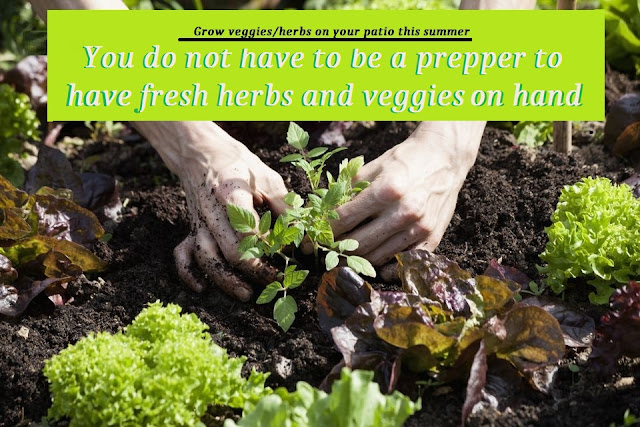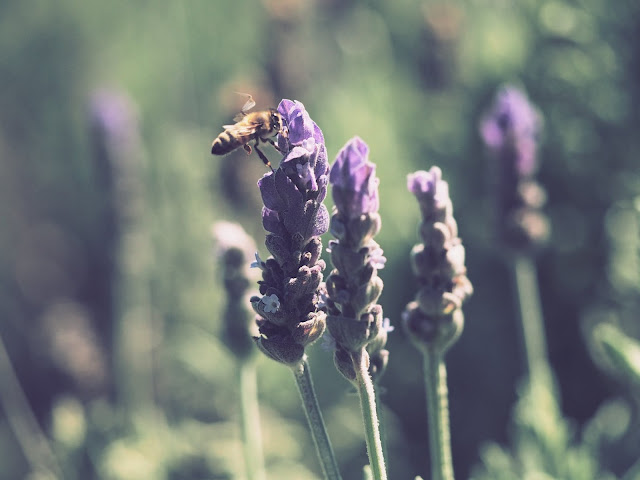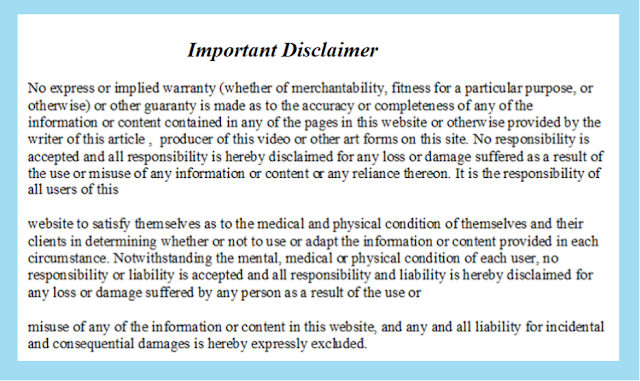5
min read
5/20/20
part 1 of 3
by Margo Belton
You
do not have to be a prepper to have fresh herbs and veggies on hand.
If
you like grilled fresh fish and you want to add some flavor- grabbing
some herbs
from
your window sill or tomatoes off the patio contributes to eating
well.
Growing
your own is the path to wellness(health support)eating. The herbs you
eat and the veggies you grill add to the power of your immune system.
Until the advent of vaccines – food and good health were the only
guarantee of surviving an infection whether it was caused by a germ a
virus or both. The person who had access to a variety of flavorings
and vegetables year around had the best chance of fighting the
inevitable illness, barring any chronic complications. Then just as
now those complications included pregnancy, diabetes etc. But the
wise ones- those who studied botanicals and knew agriculture studied
the seasons and knew when to plant and when to enjoy.
Only
Kings could afford to hire the apothecary – a person who knew what
acted as a medicinal agent (immune support) when consumed regularly.
The average person grew their own agents of health. Here is a list
any foodie would swoon over, divided into three categories vegetables
/ spices / teas. The teas can also flavor fish!
Teas
from herbs grown in your windowsill
Lavender
https://www.englishteastore.com/
Peppermint
(same website as above)
Lavender
and Peppermint plants available from garden centers -
example:
Lowes and Home Depot- Organic available
You
can always buy tea online and drink it but did you know there is even
more value cooking with herbs that in Europe are considered
medicinal?
Grab
a mortar and pestle or a food processor because crushed food grade
lavender buds blended into food grade coconut oil is made by you -NOT
already prepared. That said, lavender is on the FDA GRAS list which
means the plant is generally recognized as safe -you might be
allergic to lavandula officinalis / lavandula angustifolia but that
means you are allergic to other plants in the mint family.
Why
Lavender? It grows in steady hot sun, which means it is powerful just
like other foods that grow in hot steady sun – example pepper.
Lavender has been known from ancient times, as evidenced by work of
Dioscorides entitled “De Materia Medica,” which praises its
medicinal properties. This same study quoting the ancients was
familiar to the healers during the Plagues in the medieval period,
then modern medicine, rediscovers lavender, mainly for its aromatic
properties. Yet earlier uses of lavender where considered important
for antimicrobial defense.
Since
bad viruses often set up the body for secondary infections the
European Medical Community has done the most exploration into
lavender – no surprise that American Western Medicine has not.
In
2014 the Polish scientists knowing about the ancient lavender
tradition opened up university level studies. Quoting the conclusion
of one study, with the link
“Presented
literature review indicates that both lavender (L. angustifolia) and
its secondary metabolites have multidirectional biological activity.
Our research has shown that lavender grown in Poland is a valuable
plant resource with chemical and biological properties similar to
French lavender, and thus should attract greater interest among local
herb producers.” http://herbapolonica.pl/articles/contents
NOTE:
Liquid bottled non bud lavender is made for aromatic purposes like
candles and soaps which means it is not edible at all!! DO NOT GET
BUD LAVENDER CONFUSED WITH ESSENTIAL OIL LAVENDER!! (highly
concentrated) Buy the bud lavender and coconut oil in the food
section of your grocery store.
Finally,
be clear of any drugs used to treat insomnia for at least a month –
see link
https://www.webmd.com/vitamins/ai/ingredientmono-838/lavender
Any
spice or plant derived food can be a problem for someone who is
allergic or on prescribed medication but remembering that is not
difficult. The reward in being more cognizant of sensitivities to
anything you cook or eat with lavender is the amazing unique flavor
that makes any fish, but especially a white flesh fish taste as if it
came from a really good restaurant!
The
following good advice from
https://whatscookingamerica.net/Lavender.htm will keep your fish from
tasting bitter.
In
cooking, use 1/3 the quantity of dried lavender flowers to fresh
lavender flowers. The key to cooking with culinary lavender is to
experiment; start out with a small amount of flowers, and add more as
you go.
Adding
too much lavender to your recipe can be like eating perfume and will
make
your
dish bitter. Because of the strong flavor of lavender: the secret is
that a little goes a long way.
Simple
Lavender Rub on Pan Fried Fish
Ingredients
1/4-1/2
cup Buds (the purple flower part) dried or fresh lavender from a
grocery
This
is important you do not want lavender treated for soap, etc. Whole
Foods/Amazon
carries this in the grocery section so you know that it is
food
grade. If we were in France – this would not be confusing…It is
called
Culinary Lavender
1/4-1/2
cup Food Grade Coconut oil
Directions
Pour
about 1/4-1/2 cup of lavender flower buds into a mortar bowl
and
crush with a pestle or use a food processor so that the buds
are
bruised and release their flavor. Add melted food grade coconut
oil
just enough to cover the buds. Put into a glass jar and will use only
one
tablespoon for the fish rub we are making. Store jar on a shelf -not
the
refrigerator.
Cooking
Let
mix sit for one hour at room temperature
Then
spoon on top of fillets (not the skin) and rub no more than
ONE
tablespoon into the flesh of your fillets. Now pan fry the fillets.
NOTE:
this is simple -because the French use a lavender mix called Herbs
de
Provence (amazon.com) in which the variety of spices vary from
4-8
including savory. As usual make sure you are not allergic to
anything
in
the Herbs de Provence mix or lavender tea.
recipe
and image http://www.luckybankseats.com/fish/fancy-lavender-salmon
Honey
Lavender Salmon Oven Grilled (serves 4)
Ingredients
Four
8-ounce WILD salmon fillets www.seafood4unow.com
¼
cup honey -the more local, the better
2
teaspoons lavender buds, crushed
French
sel gris (SEA SALT) and black pepper, to taste
Cooking
Preheat
your oven to 400°F. Rinse salmon fillets and pat dry. Set fillets on
a
parchment
or foil-lined baking sheet. Coat fillets with a thin layer of
honey--
any
extra can be drizzled on later. Sprinkle lavender buds over the
salmon. Roast
for
10-15 minutes until the fish just begins to flake. I like to eyeball
it at around
8-10
minutes per inch of fish, but the fish will be done when you press
it with
your
finger or a fork and it flakes easily. Season with salt and pepper
while the fish rests
and
drizzle with any remaining honey for serving
call and get a special price on your salmon order 720-331-4525




